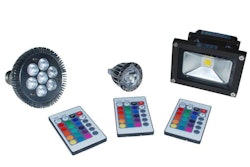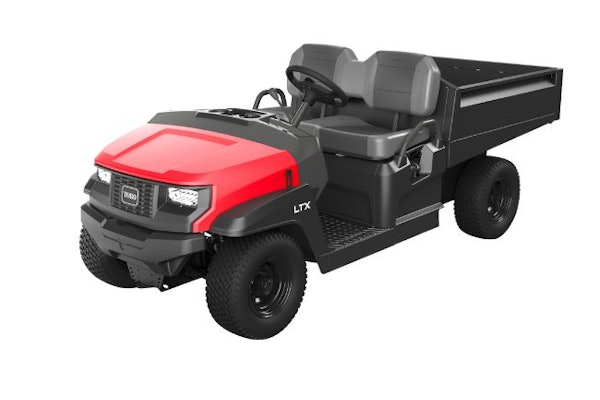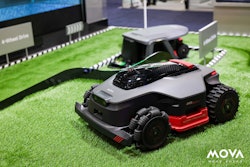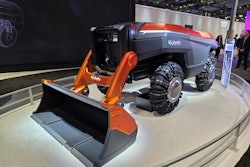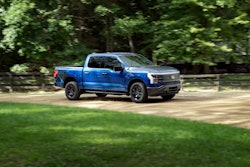
Spring is in the air, and with it soon being National Lawn Care Month in April, NALP has debunked a few common lawn care myths.
NALP asked its professional landscape members to name the 10 most common lawn care myths:
1. Myth: The best time to replace the lawn is in the spring, as plants get ready to bloom.
Reality: Sowing seed in the spring sets one up for potential problems, as heat sets in during the summer months and weeds compete for space. The best time to sow seed is in the fall when the temperatures are more consistent and highly competitive weeds, like crabgrass, have gone dormant.
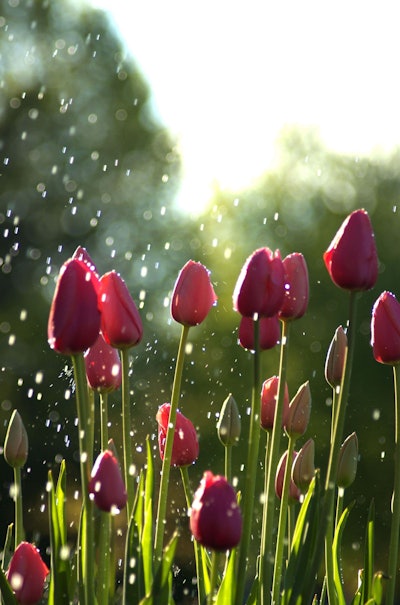
Reality: Overwatering kills as many plants as lack of water. It is better to make sure you are wetting the entire root system of a new plant and then allow the soil to dry to the point that it is only moist.
3. Myth: To have a healthy lawn, dethatch in the spring.
Reality: Thatch is a layer of living and dead plant material, including the crown, roots and stems of the turfgrass plant. The brown on the surface at the beginning of the spring will slowly recede into the background all by itself as new leaves emerge. While dethatching is a common and sometimes necessary practice, it should be done only when thatch is excessive.
4. Myth: It’s a good idea to remove clippings after mowing.
Reality: There is a misconception that grass clippings contribute significantly to thatch. Grass clippings are mostly water and decompose rapidly, returning significant amounts of fertilizer to the lawn. Research shows that up to one-third of applied fertilizer can be recycled by simply returning clippings.
5. Myth: Golf courses cut their grass short, so it’s a good idea to do the same.
Reality: Golf courses use incredibly sophisticated and expensive mowers to achieve a short height of cut. Check the appropriate mowing height for a species of grass, but in general, never cut more than one-third of the grass leaf at a time.
6. Myth: Lawns are not “organic.”
Reality: Sometimes, lawns are thought of as areas that don’t provide environmental benefits. However, they are actually highly complex and dynamic organic systems that not only contain turfgrasses, but also earthworms, fungi, soil microbes and other life forms that coexist and make possible the lawns we all enjoy for recreation, sports and aesthetics.
7. Myth: The best time to fertilize your lawn is in early spring.
Reality: Different varieties of grass like nutrients at different times of the year. You need to use the right fertilizer source, at the right rate, at the right time, and in the right place. Cool-season grasses, like Kentucky bluegrass, are usually given nutrients in fall and early spring when it is cooler. Warm-season grasses, like Bermuda grass, usually like nutrients in late spring and early fall when it is warmer.
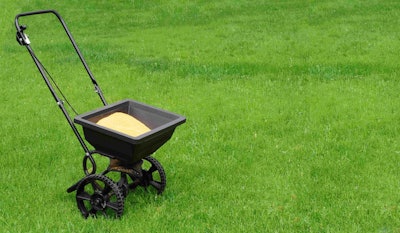
Reality: Most of the products professionals use can be purchased at the garden center, but the difference is that professionals are regulated and, by law, have to use the proper amounts, apply them correctly and dispose of them properly.
9. Myth: While digging in my lawn, I saw a grub worm. I should apply a grub control application every year.
Reality: Most of the time, grubs don’t attack fescue lawns because of their deeper root zone. Grubs in small numbers are not harmful to a lawn; in fact, they are beneficial, as they aerate the soil. It’s having too many that can be harmful.
10. Myth: Watering the lawn with the garden hose saves more money than installing an irrigation system.
Reality: Consider installing an irrigation system that uses smart controllers which have sensors that only allow for watering when conditions require it. Smart irrigation can offer a cost savings of approximately 15–20 percent on water bills. Convert irrigation spray nozzles from sprinklers to rotating nozzles which spread heavy droplets of water at a slower pace which makes them more targeted and effective.


